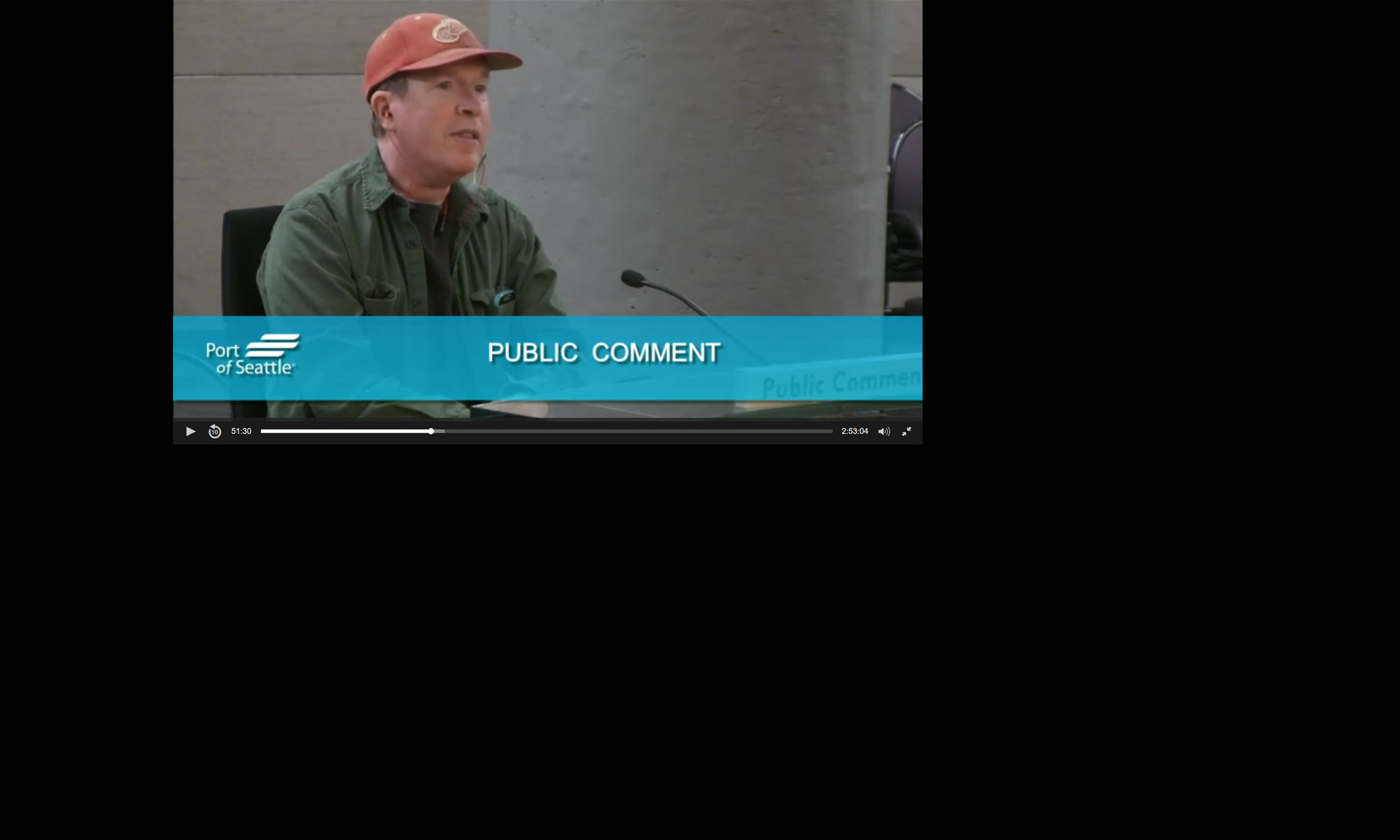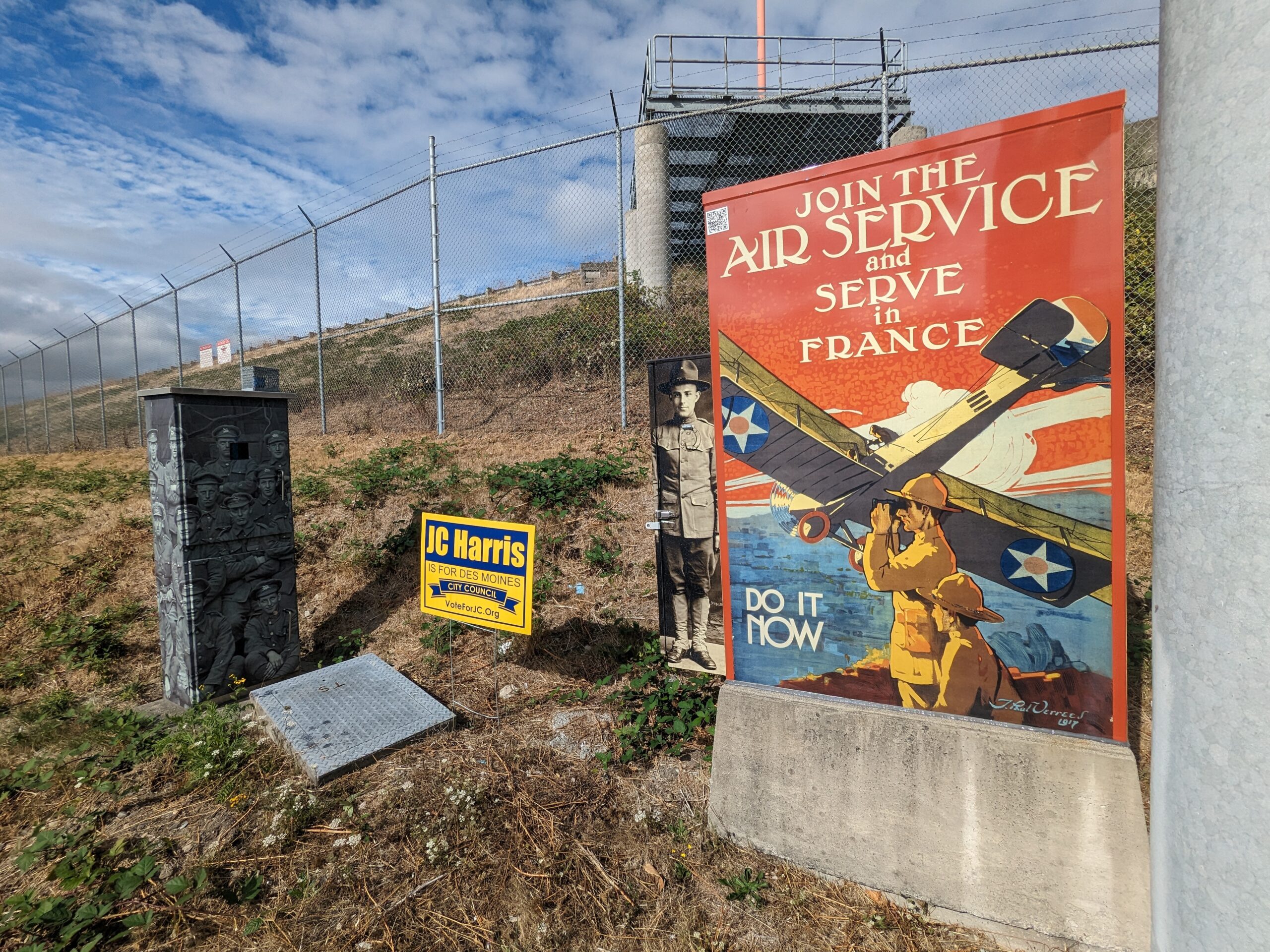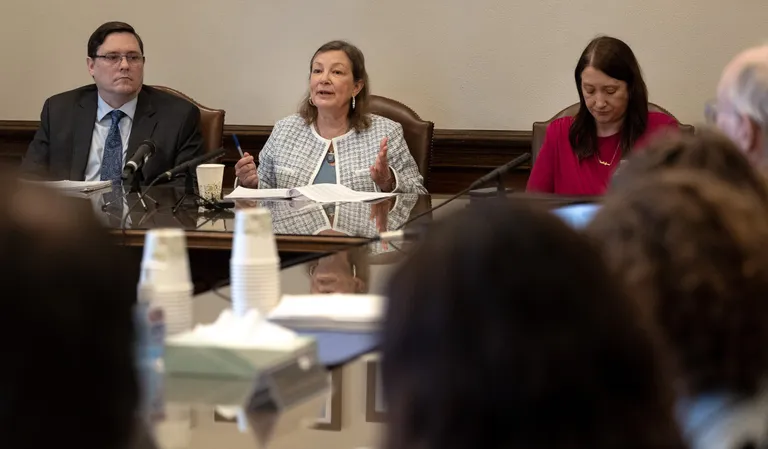By
The Seattle Times editorial board
Raiding the state’s rainy day fund. Adding novel taxes that could push money and jobs to other states. Passing billions of dollars in negotiated pay increases to state workers while legislators debate service cuts to the most vulnerable Washingtonians and within the state’s public schools.
These are the plans Democratic leaders are vigorously advancing in Olympia. And they’re all the wrong moves.
The slate of Democratic tax proposals within recently revealed budget proposals may be a public airing to see what, within the spaghetti, might actually stick to the wall as passable policy. More cynically, it’s a genuine attempt to fundamentally alter Washington’s tax code, which will harm the state’s economy in the long run.
The scheme is laid bare by the numbers: The Senate proposes $17 billion in new taxes, including borrowing money from the rainy day fund, while leaving $4.6 billion unattached to any program at the end of four years. The House pitches $13.1 billion in new taxes, with $3.5 billion leftover after the same four years.
How did a self-inflicted budget gap become a license to propose a flotilla of taxes that would amount to the largest increase in state history if approved? Already, the state’s two-year operating budget has nearly doubled, from $34.3 billion to $66.4 billion, in the last decade, according to the Washington Research Council.
Let’s revisit how we got here. Lawmakers overspent and overestimated revenues through 2024, the result of ignoring state economists’ forecasted warnings of reduced tax collections. Instead of stopping runaway spending, outgoing Gov. Jay Inslee proposed two paths — a painful all-cuts budget paired with another of untested new tax revenues.
Meanwhile, legislative Democrats were brazen about their intent to raise taxes — both publicly and within their caucuses. State Sen. Noel Frame, D-Seattle, inadvertently released a presentation in December showing the buffet of tax proposals and guidance for fellow members to push them through.
“Be specific about the villain,” the presentation said. “Talk about ‘the wealthy few’ and those who wrote our flaw [sic] tax code 100 years ago.”
The taxes proposed would have consequences for Washington’s economy. A wealth tax targeting the 4,300 richest Washingtonians will attempt to assess the worldwide assets of sophisticated taxpayers likely to move their money elsewhere. Also in the mix is a payroll tax similar to Seattle’s JumpStart tax, which spurred Amazon to reduce its Seattle footprint and resulted in collections last year that were $47 million lower than expected. A business-and-occupation tax increase could also steer business elsewhere.
Senate lawmakers are also dabbling with an idea of plundering the state’s budget stabilization account, or “rainy day” fund. Washington State Treasurer Mike Pellicciotti, a Democrat who is the scrupulous minder of the state’s triple AAA bond rating, warned that drawing down the reserve would place the state in a “precarious” position. Pellicciotti noted cuts and the uncertainties of Trump administration policy make the reserves even more critical in the next few years.
When asked why his chamber’s budget proposal taps the rainy day fund, Senate Majority Leader Jamie Pedersen, D-Seattle, responded: “It’s raining.” Except that it isn’t. Tax revenues are up in Washington — perhaps growing more slowly than in recent years, but still increasing by $4.5 billion in the two-year budget that begins July 1, followed by an expected $5.4 billion more in the budget from 2027 to 2029.
If the state truly faces what Rep. Joe Fitzgibbon, D-West Seattle, called “unprecedented budget challenges,” the choice for lawmakers cannot be one of choosing between economically volatile tax increases and painful budget cuts. The state’s workforce, which bargained for salary increases with Inslee’s administration last year before lawmakers realized their budget was unsustainable, will need to bear some skin in the game. The Senate’s budget calls for the equivalent of 13 furlough days for one year to save money; Gov. Bob Ferguson has recommended 12 such days per year for two years, freeing up hundreds of millions of dollars for important state programs. Senate Republicans, who note lawmakers have the final say on new collective bargaining agreements, bring an even more intriguing proposal: suspend the wage increases but give a $5,000 bonus that would aid all state workers but proportionately help the lowest paid state workers the most.
A sacrifice by public employees is all the more critical in ensuring lawmakers fill budget holes in basic education — the “paramount duty” of the state.
Democrats have described this budget season as both to fill the budget gap and an effort to make Washington’s tax code less regressive — to the point the Senate’s version includes a 0.5% sales tax reduction that doesn’t start until 2027 but digs a deeper $2.5 billion hole in the long term budget.
Ferguson, meanwhile, has taken a more prudent path, recommending cuts before making known whether new taxes will be necessary. This gives the new governor credibility that when a real crisis comes — a recession, state emergency or other challenge — Washingtonians can trust he’ll meet it with an appropriate and balanced response. The trouble is Ferguson’s own party in Olympia, which pounced on taxes for revenue’s sake, before making the case for why that revenue is needed.
It’s a case of putting the cart before the horse. But it’s not too late to reverse course toward budget sustainability. Ferguson and the Legislature have a month left to figure it out.
The Seattle Times editorial board: members are editorial page editor Kate Riley, Frank A. Blethen, Melissa Davis, Josh Farley, Alex Fryer, Claudia Rowe, Carlton Winfrey and William K. Blethen (emeritus).




